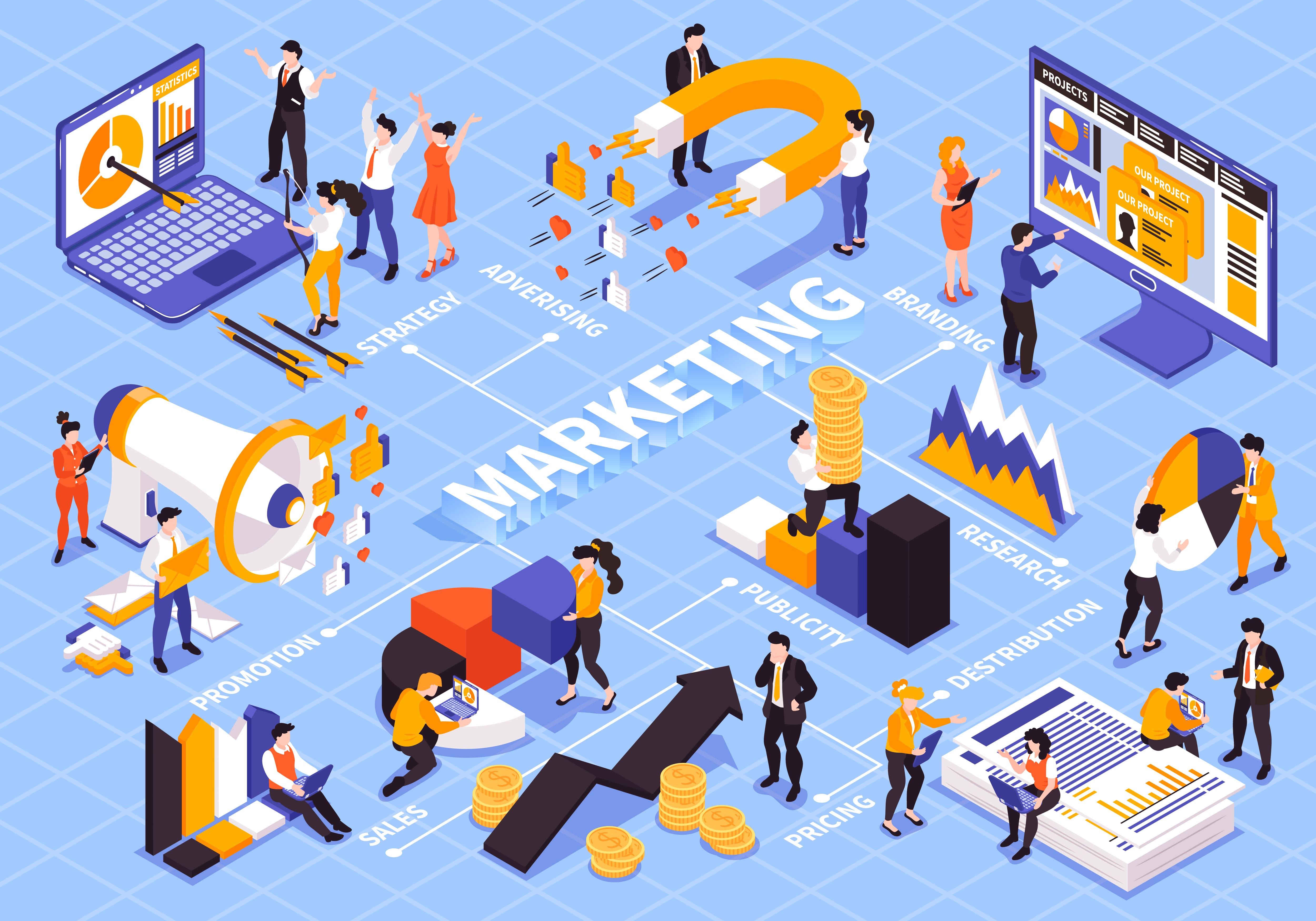Our Blog
Dive into a treasure trove of industry trends, expert opinions, and the latest news in our blog.

In today’s highly competitive digital world, building a strong online presence is vital for every business that wants to grow and succeed.

As of April 30, 2025, Google has implemented a significant change affecting schools worldwide: the removal of all reviews and ratings from Google Business Profiles categorized as "general education" institutions. This decision impacts primary and secondary schools, including elementary, middle, and high schools.

Microsoft Clarity has launched a new integration with Google Ads, providing marketers with enhanced visibility into post-click user behavior. This feature enables tracking of interactions, bridging the gap between ad spend and engagement metrics.
%20Listing%205-Star%20Reviews%20Might%20Disappear!.jpg)
Google is currently deleting a significant number of reviews, with 73.1% of those removed being 5-star ratings. This trend reflects Google's efforts to combat fake and incentivized reviews, which can distort businesses' online reputations. Research conducted by GMBapi, analyzing over 5 million reviews, reveals that while negative reviews are also targeted, they are less frequently deleted compared to positive ones.

Enhance your YouTube video performance by understanding the unique ranking algorithms and discovery mechanisms. Unlike Google Search, YouTube focuses heavily on user engagement and satisfaction rather than metadata alone. Personalized recommendations, homepage suggestions, and trending videos all play key roles in content visibility.

The world of SEO is constantly evolving, and in recent years, the biggest driving force behind this transformation has been AI and machine learning. These technologies are not only revolutionising how search engines function but also how SEO professionals optimise websites. If you're curious about how AI is shaping the future of SEO and what it means for businesses, you're in the right place.

The People Also Search For (PASF) feature in Google’s search results offers valuable insights into user behaviour by showing related queries that users may explore after their initial search. For SEO professionals, PASF is a valuable source of keywords and related terms that can help drive traffic and improve visibility.

Google has rolled out ads within its AI Overviews, a feature previewed at the 2024 Google Marketing Live event.

Google has begun rolling out AI-powered search result pages in the U.S., starting with recipe-related searches on mobile devices. This update integrates multiple content formats, offering users a more personalized experience.

In 2025, the SEO landscape continues to evolve at an impressive rate, with Google’s algorithms becoming increasingly sophisticated and focused on user experience. In this article, we will explore the best practices for ranking at the top of Google in 2025

This blog explores how a data-driven content strategy can improve your Google rankings in the ever-evolving digital landscape. By leveraging first-party and zero-party data through call tracking, form submissions, and customer surveys, marketers can gather actionable audience insights. It highlights the importance of understanding user intent, optimizing content for search engines, and integrating AI-powered tools for data analysis. The blog also emphasizes the need to create high-quality, relevant content that aligns with audience preferences and search engine standards, especially with Google's upcoming updates.

As digital marketing continues to evolve, Google Ads has integrated AI video enhancements to help advertisers optimize their video campaigns with minimal effort. These enhancements are designed to maximize the performance of video ads by adapting them to different platforms, formats, and user preferences. In this tutorial, we'll walk you through how to effectively use AI video enhancements in Google Ads to create more compelling, adaptable, and efficient ad campaigns.

Google Analytics Update: New Visualization Tools, Anomaly Detection, and Revenue Tracking Enhancements

Google's recent support for AVIF image formats is set to revolutionize SEO and web performance. AVIF, known for its superior compression and image quality, allows for faster page load times without compromising visual fidelity. This, in turn, enhances user experience, improves search rankings, and reduces bandwidth usage. As the web shifts towards faster and more efficient technologies, adopting AVIF images can give websites a competitive edge in both SEO and overall performance.

Google’s new YouTube creator-based audience targeting allows advertisers to directly target audiences who engage with specific YouTube creators. This innovation offers marketers more precise ad targeting, helping businesses increase visibility and ROI. Content creators benefit from new opportunities for brand partnerships, enhancing their monetization potential. As this feature gains traction, it could reshape YouTube advertising, emphasizing personalized and niche marketing strategies.
Ready to Grow? Let’s Ignite Your Digital Potential Together.